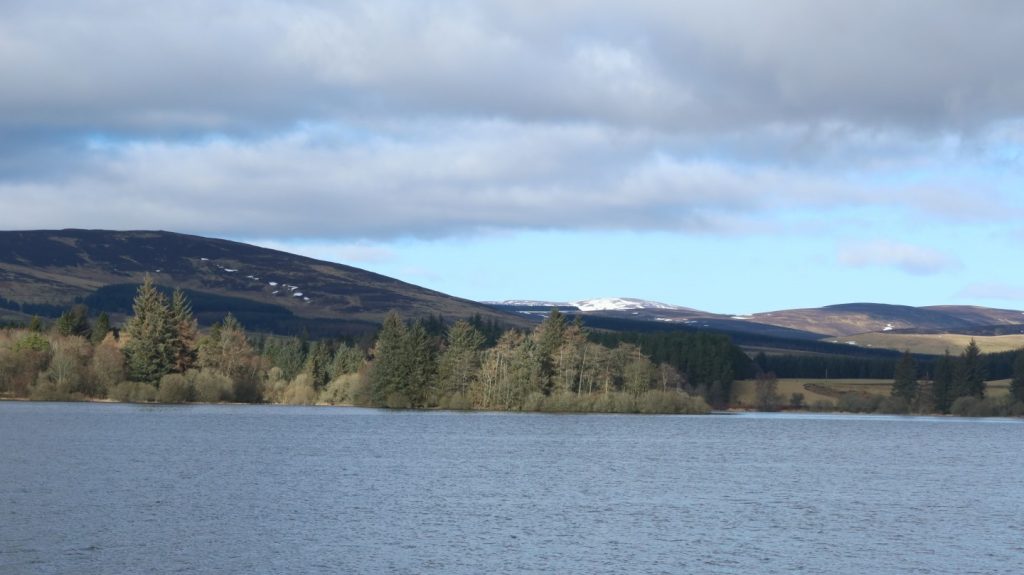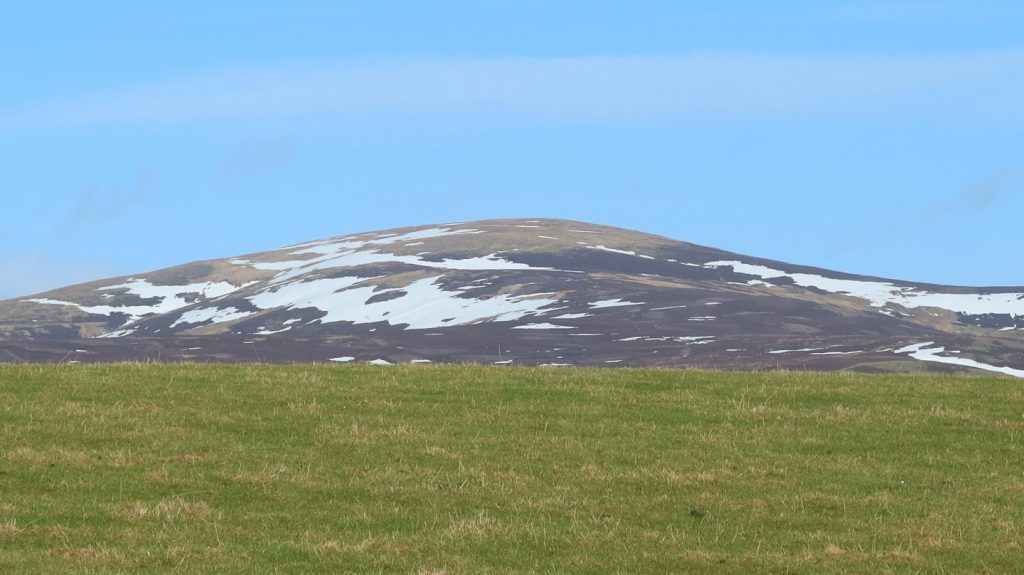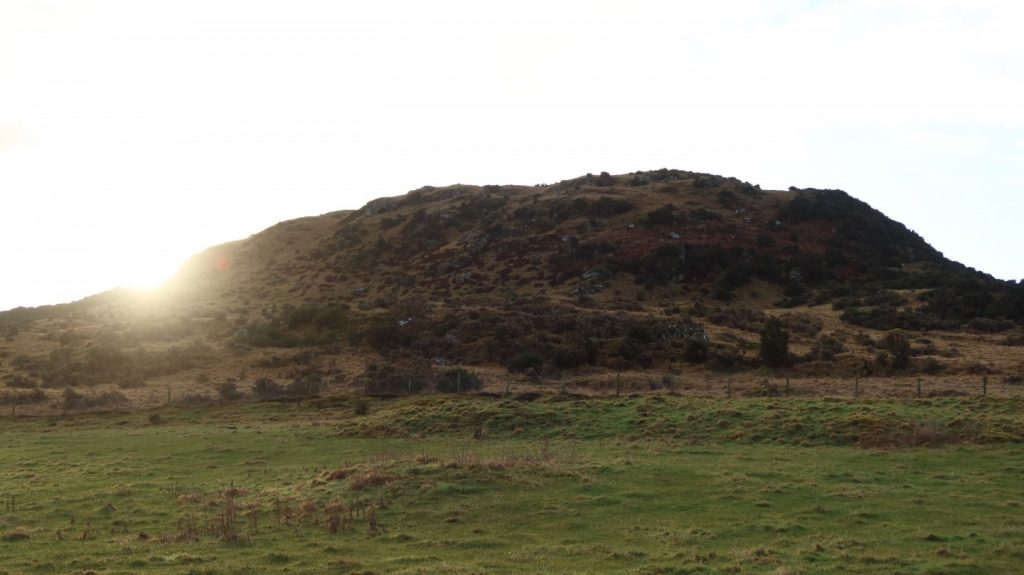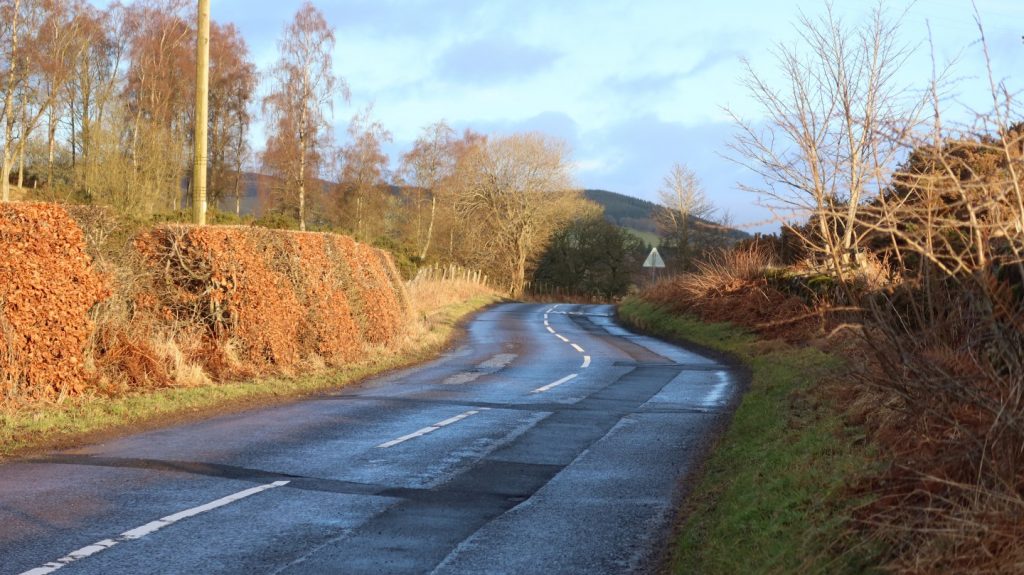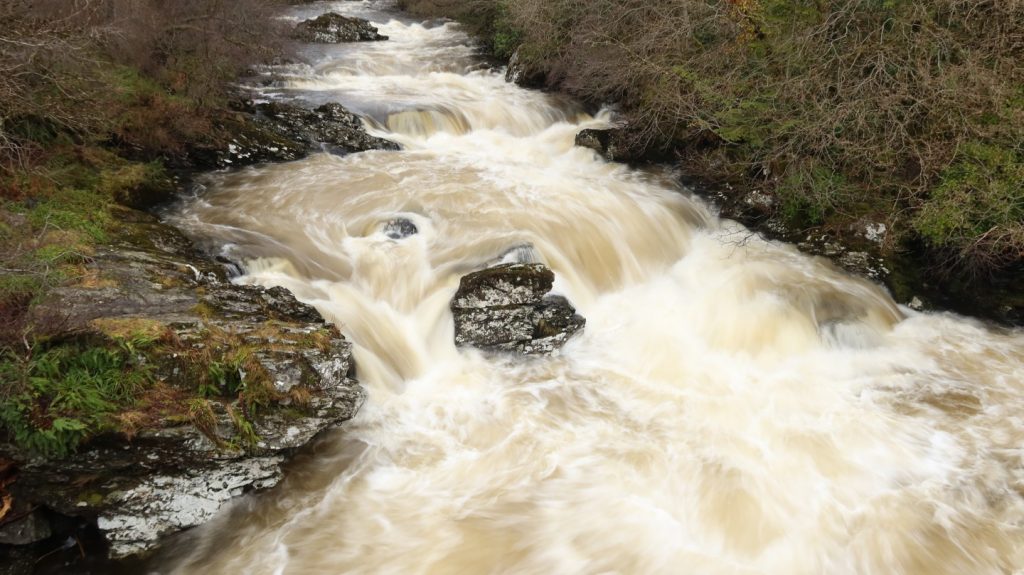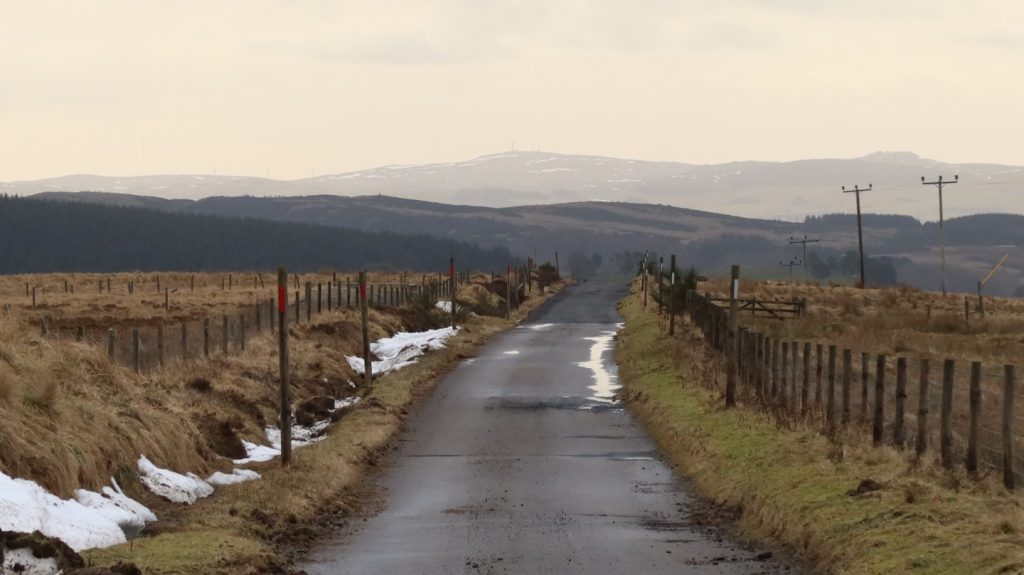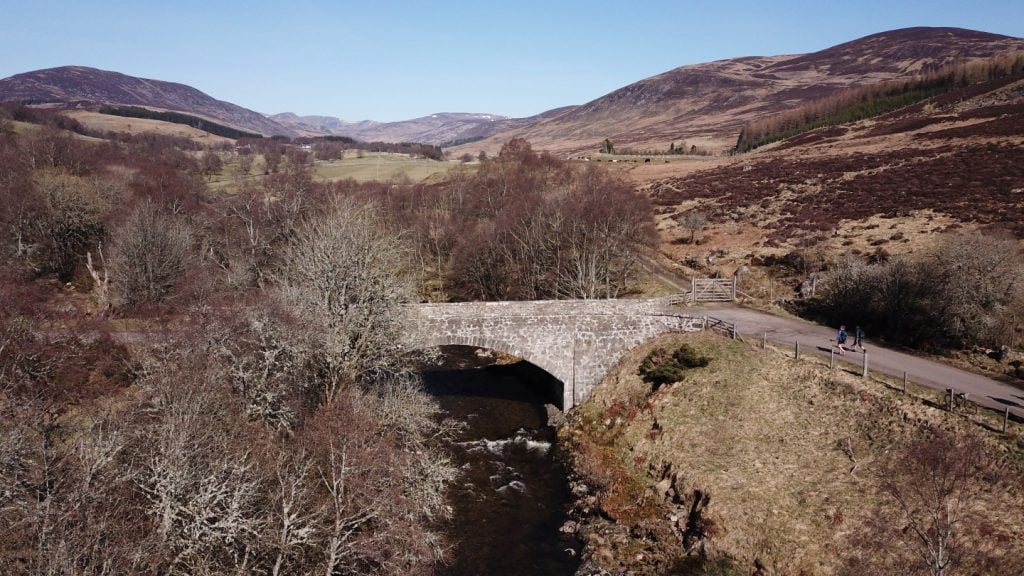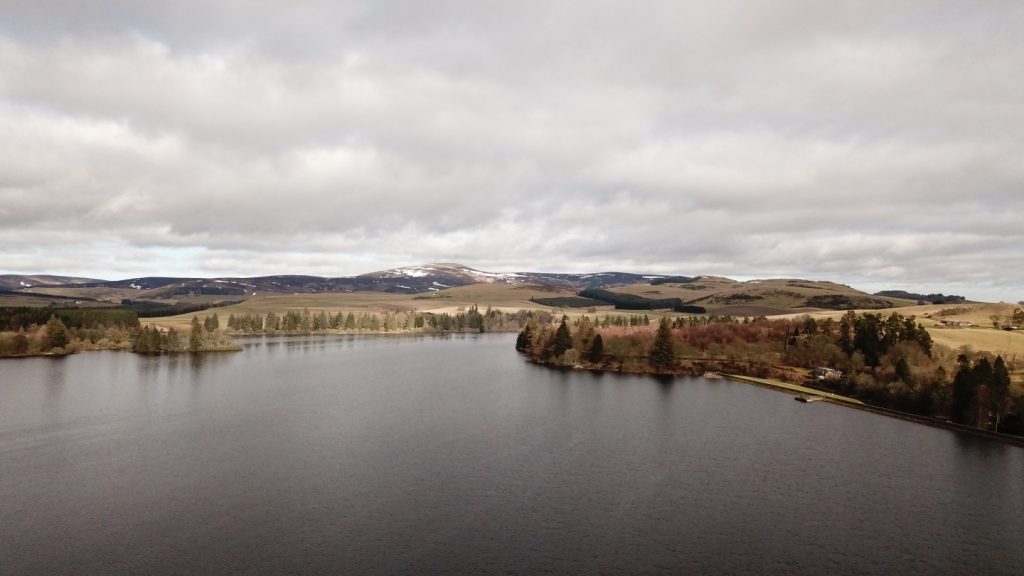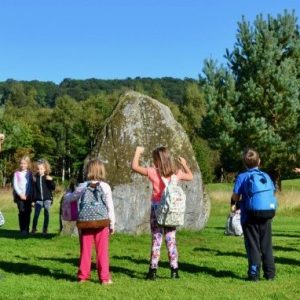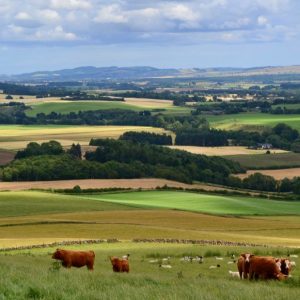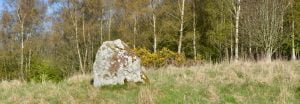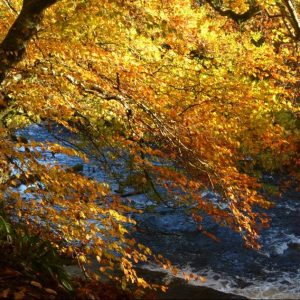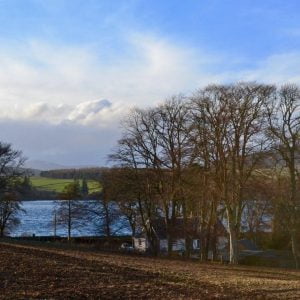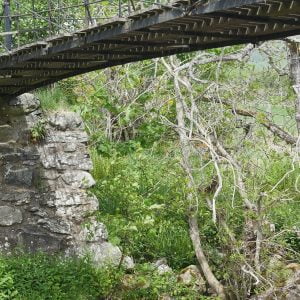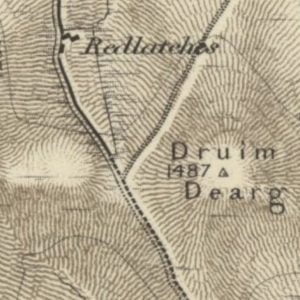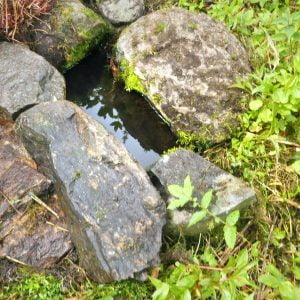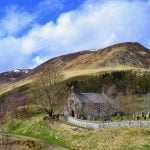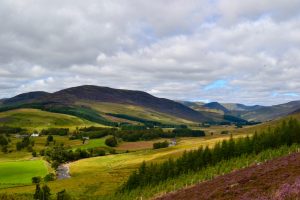
Summary
One of the most beautiful glens in all of Scotland
This tour of around 50 miles will take you to the eastern edges of the Cateran Ecomuseum. Starting from the ancient market town of Alyth the route will take you across to Glenisla and back over high moors with huge scenic views north and south.
Along the way you will be able to learn about some of the hidden history of the area as well as enjoy the breathtaking landscapes of one of Scotland's most beautiful glens.
And you can add another leg to your excursion, which will take you to the magical Glenshee, Glen of the Fairies by following this itinerary here.
You can find out more about each point of interest in this itinerary below.
Scottish Outdoor Access Code: know the code before you go
Please use the arrows on left/right side to go to previous/next route
Please click on images to open slideshow, esc to close.
Photographs: Markus Stitz
Points to visit
Along the way you will find these points of interest:

Pitcrocknie Stone
A fine example of a late Neolithic or early Bronze Age Standing Stone. Travelling out of Alyth on the B952, on the right hand side of the road, a few yards after the last old red sandstone house in the town, lies a new housing development. The...
Read more - "Pitcrocknie Stone"
Barry Hill Fort
One of the best preserved examples of an enclosed hilltop settlement in Scotland. Viewable from across Strathmore and from the roads around Alyth, Barry Hill fort has not yet been excavated. However, similar monuments elsewhere have been found to...
Read more - "Barry Hill Fort"
The Shanzie Souterrain
An Iron Age underground structure. Souterrain (from the French ‘sous terrain’, meaning ‘underground’) is the archaeological name for a type of underground structure associated mainly with the European Atlantic Iron Age that may have been...
Read more - "The Shanzie Souterrain"
The Drumderrach Stone
Prehistoric Standing Stone with magnificent views. Just on the eastern field boundary where the Shanzie Souterrain lies, on the other side of the hedge, is a wide grassy path leading steeply up to this spectacularly positioned standing stone. A...
Read more - "The Drumderrach Stone"
River Isla
One of Cateran Country’s most beautiful rivers. The River Isla rises among the Grampians, at an altitude of 3100 feet, 1½ mile NE of the meeting-pint of Forfar, Perth, and Aberdeen shires, and 6 1/8 miles SSW of Lochnagar. It then winds 29½...
Read more - "River Isla"
Lintrathen Wildlife Reserve
A tranquil sanctuary for wild birds. The beautiful inland Loch of Lintrathen has supplied the city of Dundee with water since 1875. Water is fed down from the Backwater Reservoir 4km to the north, leaving the Loch through sluices at Bridgend of...
Read more - "Lintrathen Wildlife Reserve"
Durwards’ Dike
A medieval Deer Park. As you turn south, half way down the western flank of the Loch of Lintrathen, if you look at the OS maps, the remains of Durwards’ Dike are marked. This is believed to have been a Deer Park in the 13th century. Hunting...
Read more - "Durwards’ Dike"
Kirkton of Glenisla
The heart of Glenisla. Kirkton of Glenisla is an ancient farming community and little has changed over centuries in the way the land has been managed. The remains of Bronze Age and Pictish sites, small farms, shielings, and meal mills can still be...
Read more - "Kirkton of Glenisla"
Glenisla Kirk
A popular wedding venue. The present church was built in 1821 replacing an older church known as The Blessed Virgin. This medieval church or chapel was located on the same site now occupied by the present church. It was dedicated to the Blessed...
Read more - "Glenisla Kirk"
Brackny Bridge
The oldest known bridge of its type in Scotland. Built in 1824 by engineer John Justice of Dundee as a prototype for a larger version at the Haughs of Drimmie, this bridge has a span of 19 metres and a sheep gate at one end. It is the oldest known...
Read more - "Brackny Bridge"
Druim Dearg or Bell Cairn
A prehistoric monument. The remains of a kerb cairn, a stony mound containing or concealing deliberately deposited human remains, was recorded on the north shoulder of Druim Dearg by the Ordinance Survey in 1967. It consists of large stones set...
Read more - "Druim Dearg or Bell Cairn"
The Kirkton of Glenisla Lady Well
Site of an ancient well. The adjacent church is dedicated to the Virgin Mary, implying a very feminine presence on this site, including this well. In Celtic times, wells, particularly those for the goddess Bridhe, would have played an important part...
Read more - "The Kirkton of Glenisla Lady Well"
The Caterans
The story behind the word Cateran. ‘Cateran’ derives from the Gaelic word ceatharn meaning ‘warrior’, but usually one that is lightly armed. The term was originally given to a band of fighting men of a Scottish Highland clan but in the...
Read more - "The Caterans"

